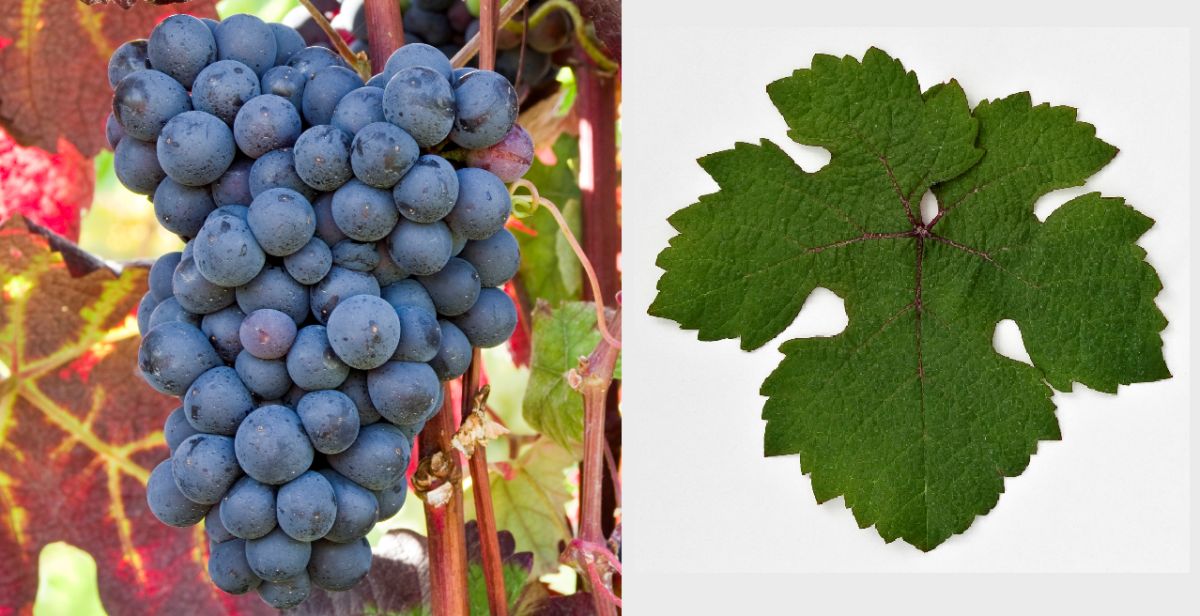The red grape variety originates from France. There are more than 80 synonyms that testify to its great age and worldwide distribution. The most important are Agreste Noir, Auvernat Teint, Avernas Teint, Bajonner, Barbantal, Bayonner, Bettice de l'Isere, Blood Grape, Bourguignon Noir, Bretonneria, Dyer's Grape, Gros Noir, Moreau, Negrin, Neraut, Nerone, Noir d'Orléans, Plant d'Espagne, Pontac, Pontack, Pontiac, Romé, Romé Noir, Ruby Grape, Tachard, Teintevin, Teinturier, Teinturier à Bois Rouge, Teinturier Mâle, Ink Grape, Ink Wine, Uva Tinta and Vin Tint. It should not be confused with the Pinot Teinturier variety or other dyer or Teinturier varieties, despite seemingly suggestive synonyms or morphological similarities.

This very old variety was possibly mentioned as early as 1564 in a work by the agronomists Charles Estienne (1504-1564) and Jean Liébaut (1535-1596) under the name Neraut. Under Teinturier or Plant d'Espagne, it was mentioned in 1667 as a variety in the Orléans area (Loire), where it was used as a colouring agent in blends. According to DNA analyses carried out in 2018, it originates from a presumably natural cross between Savagnin Blanc (Traminer) x unknown variety. According to this, Pinot (presumably Pinot Noir) is a "grandparent", which in turn explains the synonym Auvernat Teint.
The crossing Aramon Noir x Teinturier du Cher carried out by the breeder Louis Bouschet in 1824 with the result Petit Bouschet is considered one of the first successful new breeds and was the starting point for many other colouring grapes. The Teinturier du Cher variety is thus considered the starting point of almost all Teinturier varieties. It was a crossing partner for the new varieties Aspiran Bouschet, Bouschet Gros, Cabernet Mitos, Deckrot, Dunkelfelder, Kolor, Palas, Pervomaisky, Petit Bouschet and Tintoria Lloyd, which are also considered to be colouring grapes. The early-ripening grape yields colourful, tannic red wines.
In Bordeaux, there was a Pontac vineyard, which is probably where the synonym comes from. Today, it no longer plays a role in France. It was introduced to South Africa as early as the 17th century. It was used for a variant of the sweet wine Constantia and for wines in the port style. After phylloxera at the end of the 19th century, it was increasingly replaced. Today it is only grown in small quantities by a few producers, for example Allesverloren(Swartland) and Klein Constantia. Small stands also exist in Germany in Baden (1 ha), in Portugal in the Beiras and Ribatejo areas (7 ha) and in South Africa (1 ha). In 2016, a total of 9 hectares of vines were reported (Kym Anderson statistics).
Pictures: Ursula Brühl, Doris Schneider, Julius Kühn-Institut(JKI)
Voices of our members

The Wine lexicon helps me to keep up to date and refresh my knowledge. Thank you for this Lexicon that will never end in terms of topicality! That's what makes it so exciting to come back often.
Thorsten Rahn
Restaurantleiter, Sommelier, Weindozent und Autor; Dresden